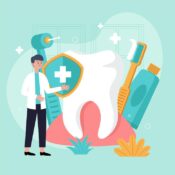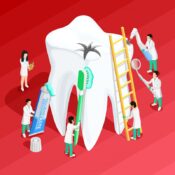
Unveiling the Mystery: Understanding Diagnosis and Diagnostic Tools
Introduction:
When it comes to health concerns, getting to the root of the issue is crucial. In this blog, we’ll unravel the process of diagnosing health conditions, with a focus on gallstones. From symptoms to diagnostic tools, let’s explore how healthcare professionals pinpoint the cause of discomfort.
- Medical History and Physical Examination: The journey to a diagnosis often begins with a conversation. Your healthcare provider will inquire about your medical history and perform a physical examination to gather clues about your overall health.
- Blood Tests: Blood tests can reveal valuable information about your liver function and the presence of infection. Elevated levels of certain substances may indicate issues related to gallstones.
- Ultrasound Imaging: A commonly used tool for diagnosing gallstones is ultrasound imaging. This non-invasive technique allows healthcare professionals to visualize the gallbladder and identify the presence, size, and location of gallstones.
- CT Scan: In some cases, a computed tomography (CT) scan may be recommended. This imaging tool provides more detailed pictures of the gallbladder and surrounding structures, aiding in a comprehensive diagnosis.
- HIDA Scan: A hepatobiliary iminodiacetic acid (HIDA) scan involves injecting a small amount of radioactive material into the body. This substance helps create images of the gallbladder, providing insights into its function.
- Endoscopic Retrograde Cholangiopancreatography (ERCP): For a closer look at the bile ducts, an ERCP may be performed. During this procedure, a flexible tube is inserted through the mouth and into the small intestine, allowing the healthcare provider to examine the gallbladder and surrounding structures.
Knowing the Next Steps:
Once a diagnosis is established, healthcare professionals can develop a tailored treatment plan. Whether it involves lifestyle changes, medication, or surgical intervention, the goal is to address the underlying issue and improve overall well-being.
Conclusion:
Understanding the diagnostic process sheds light on the path to better health. If you’re experiencing symptoms related to gallstones, seeking professional guidance and undergoing appropriate diagnostic tests can pave the way for effective management and treatment.
To seek medical advice, always consult a Doctor. Here are our recommended experts. Click here
To read more on Understanding Gallstones. Click Here



